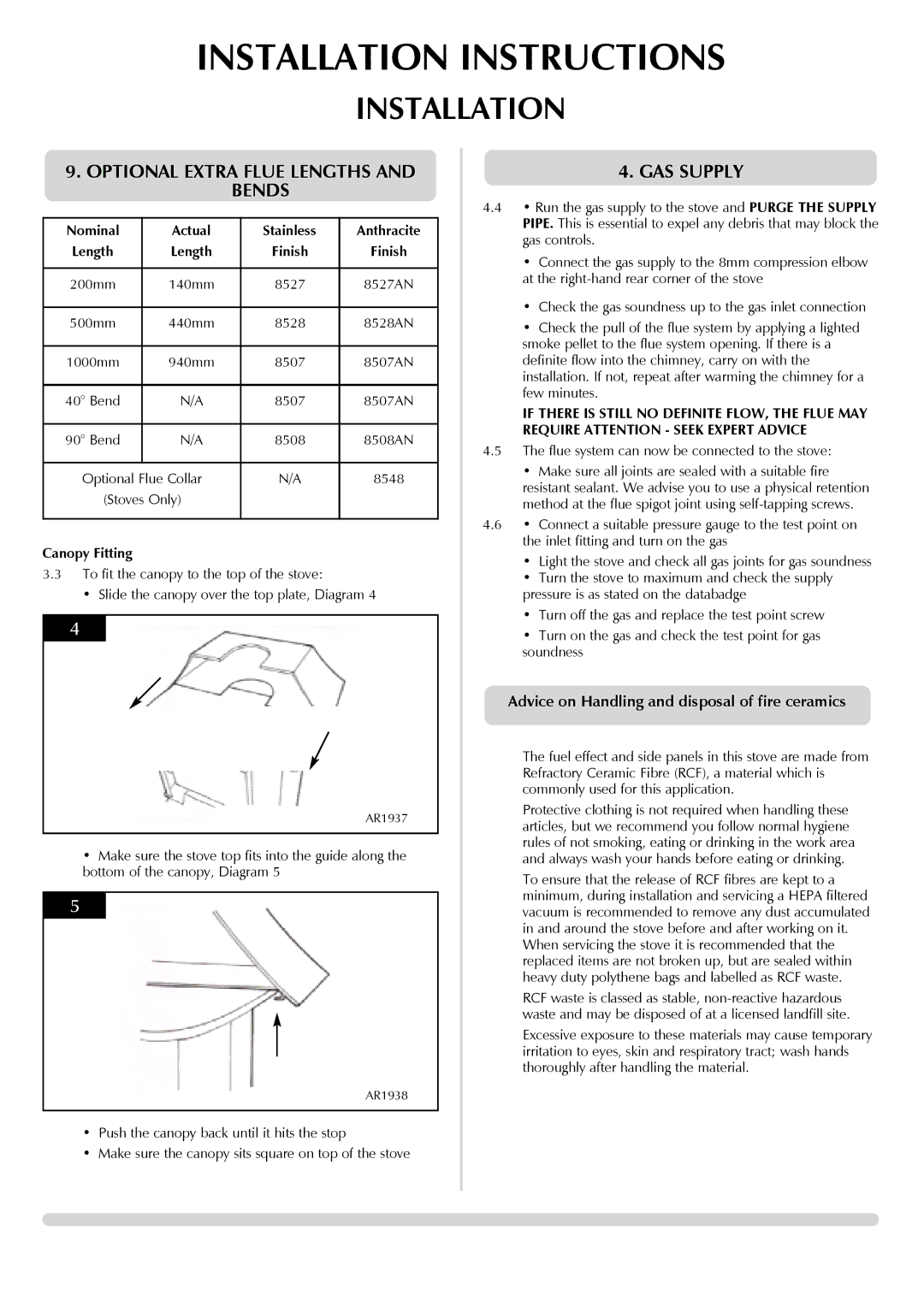8456, 8455 specifications
The Yeoman 8455 and 8456 are significant advancements in the field of agricultural machinery, specifically designed to enhance productivity and efficiency for modern farming operations. These models exemplify innovation, boasting a range of features and technologies tailored to meet the diverse needs of farmers.One of the main features of the Yeoman 8455 and 8456 is the robust construction, ensuring durability and longevity in various farming conditions. These machines are engineered with high-quality materials that withstand heavy use, reducing maintenance costs and downtime. The design also incorporates a user-friendly interface, making it accessible for operators with different levels of experience.
In terms of technology, the Yeoman series offers precision agriculture capabilities. Equipped with advanced GPS and mapping systems, these machines allow farmers to optimize their fieldwork by providing highly accurate planting and harvesting patterns. This technology not only improves yield but also contributes to sustainable farming practices by minimizing waste and maximizing efficiency.
The Yeoman 8455 and 8456 feature powerful engines that produce high torque, enabling them to perform well in challenging terrains. This strength is complemented by an advanced hydraulic system, facilitating smoother operation and better control over attachments and implements. Farmers can easily attach various tools, such as plows, seeders, and cultivators, enhancing the versatility of these models.
Another critical characteristic of the Yeoman 8455 and 8456 is their exceptional fuel efficiency. These models are designed to consume less fuel without compromising performance, which is especially important in today’s economy. The integration of eco-friendly technologies also helps reduce the environmental impact of farming operations, aligning with the global push towards sustainability.
Additionally, the comfort and ergonomics of the operator cabin are significant selling points. Both models are equipped with adjustable seating, climate control, and intuitive control panels, ensuring that operators can work for extended periods with minimal fatigue. Furthermore, enhanced visibility from the cabin allows for safer operation, particularly in crowded or intricate field settings.
In conclusion, the Yeoman 8455 and 8456 stand out as exemplary pieces of equipment in the agricultural industry. Their combination of robust construction, advanced technology, fuel efficiency, and operator comfort positions them as valuable assets for modern farmers looking to improve their productivity and sustainability in an increasingly competitive market.

